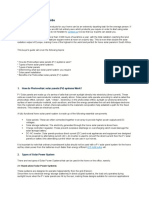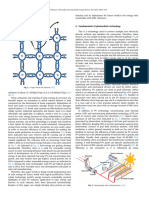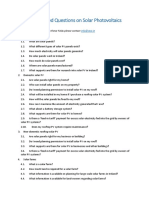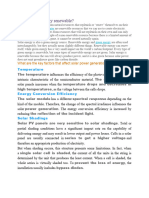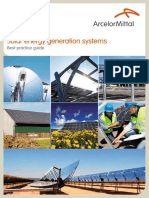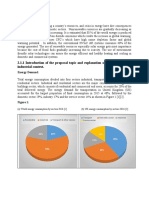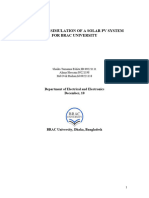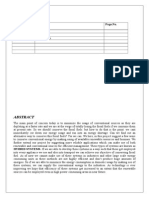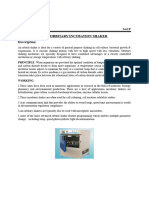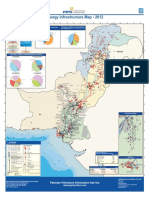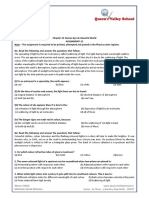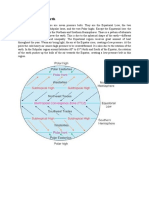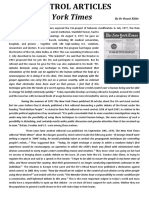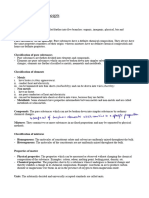0% found this document useful (0 votes)
44 views14 pagesProject Specification Report
This document contains a project specification report for research on COP26 housing and energy in England. The introduction defines the project as evaluating the potential of solar energy in the UK to promote more energy efficient housing. It aims to assess current UK energy usage trends, the potential for solar energy installation at homes, and factors important for transitioning to solar PV housing systems. The scope focuses on recommendations based on assessing these areas to provide sustainable energy solutions for UK residents.
Uploaded by
dudezonfireCopyright
© © All Rights Reserved
We take content rights seriously. If you suspect this is your content, claim it here.
Available Formats
Download as DOCX, PDF, TXT or read online on Scribd
0% found this document useful (0 votes)
44 views14 pagesProject Specification Report
This document contains a project specification report for research on COP26 housing and energy in England. The introduction defines the project as evaluating the potential of solar energy in the UK to promote more energy efficient housing. It aims to assess current UK energy usage trends, the potential for solar energy installation at homes, and factors important for transitioning to solar PV housing systems. The scope focuses on recommendations based on assessing these areas to provide sustainable energy solutions for UK residents.
Uploaded by
dudezonfireCopyright
© © All Rights Reserved
We take content rights seriously. If you suspect this is your content, claim it here.
Available Formats
Download as DOCX, PDF, TXT or read online on Scribd
/ 14














